In winter, we humans have to wrap ourselves up tightly when we go out, and it's not easy for those little birds to face extreme weather such as cold, ice and snow. But don't underestimate them. Birds have a variety of unique and practical survival skills that can help them live well in this snowy season. Today, let's discuss how birds adapt to extreme weather in winter.

Let's first talk about their ability to use food resources under the snow. As we all know, many places are covered with thick snow in winter, and the food that could be seen on the ground is hidden. Common birds like sparrows are particularly clever. They will jump around in the snow, digging the snow with their little claws, and sometimes use their sharp beaks to peck through the snow to find the lost grass seeds, grains and other food. I often see sparrows in the community garden, collectively out after the snow, searching hard beside the flower beds and under the trees. The small figures seem particularly busy in the white. They rely on this method to dig out food from under the snow to fill their stomachs and survive the cold days.

Some birds will change their foraging strategies to cope with the extreme weather in winter. For example, woodpeckers, in other seasons, mainly rely on pecking out insects on the tree trunks to fill their stomachs, but in winter, there are fewer insects, so they will turn their attention to the eggs hidden in the cracks of the bark or some frozen insects. Woodpeckers use their hard and sharp beaks to carefully search on the tree trunks, not missing any corners that may contain food. Even if food becomes scarce and hard to find, they can always find something to eat by changing their strategies to maintain their survival.
Speaking of this, we have to mention the unique survival skills of birds. The insulation function of feathers is crucial. The feathers on birds are like their own "small cotton-padded jackets". Layers of feathers have a good heat-insulating effect, which can lock the heat generated by their bodies and block the invasion of cold air outside. Like swans, they have thick and dense feathers. When cruising on the cold lake, even if the surrounding temperature is below zero, they can still keep warm by relying on the heat preservation of feathers. Moreover, they will use their beaks to tidy up their feathers from time to time, combing the air between the feathers more evenly to make the heat preservation effect better.

This small move can hide great survival wisdom.
Cluster foraging is also a common trick used by birds in winter. Many birds will gather together to find food. Like geese, they often go out in groups to forage after migrating to relatively warm wintering grounds. When a group of geese disperse to find food, the probability of finding a food source is greatly increased. Once a goose senses danger, it can notify other companions in time and fly away together to avoid danger. This way of foraging in groups can not only improve foraging efficiency, but also enhance their safety in dealing with various emergencies in winter.
So, despite the extreme weather in winter, the birds can still survive tenaciously in this cold season with these clever methods, using food under the snow, changing foraging strategies, and their own unique survival skills.
The next time we see birds moving in the snow and on branches in winter, we will understand how they adapt to the environment with wisdom, and we will admire these little lives more and sigh at the magical abilities given to them by nature. I hope everyone can observe these lovely birds more and feel the different vitality they show in winter.

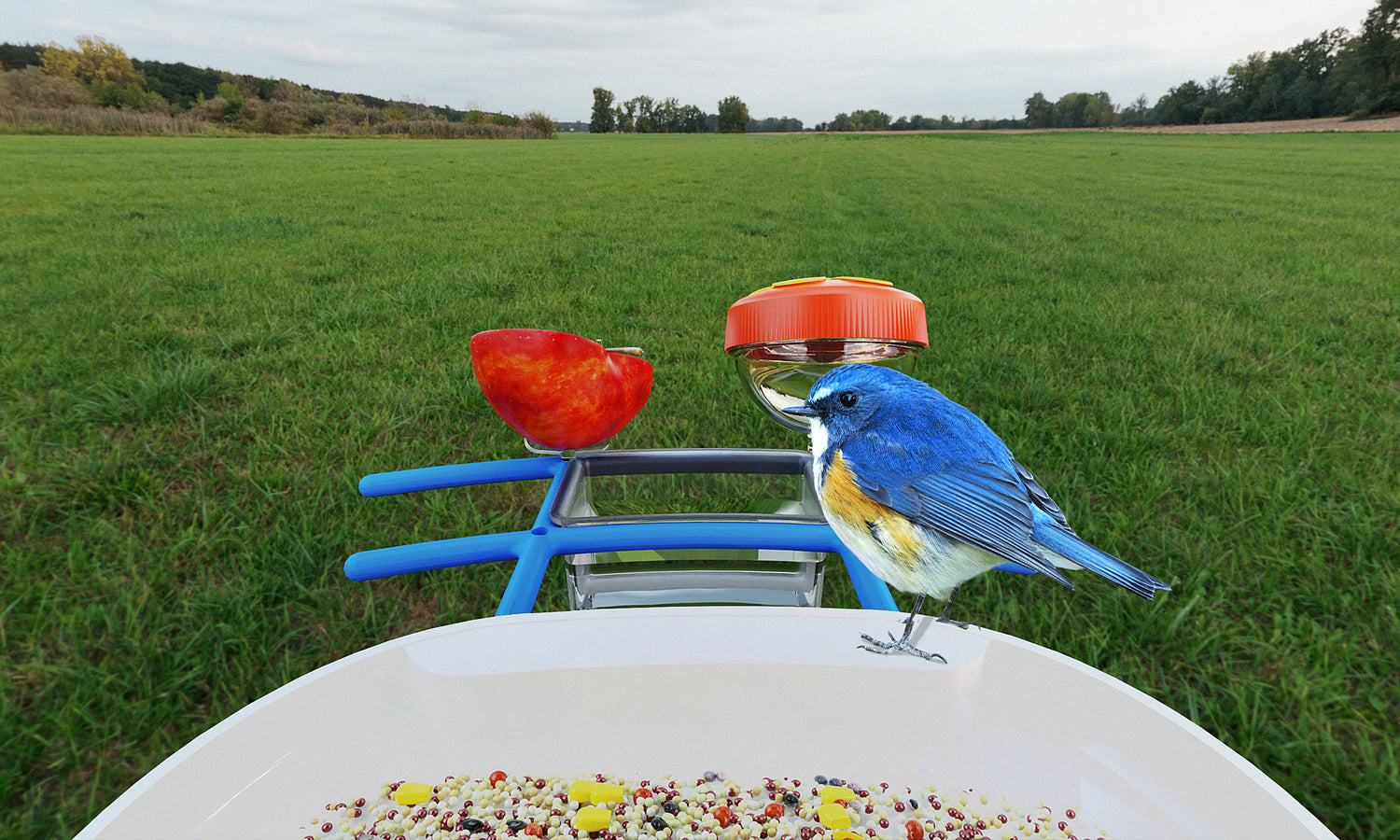
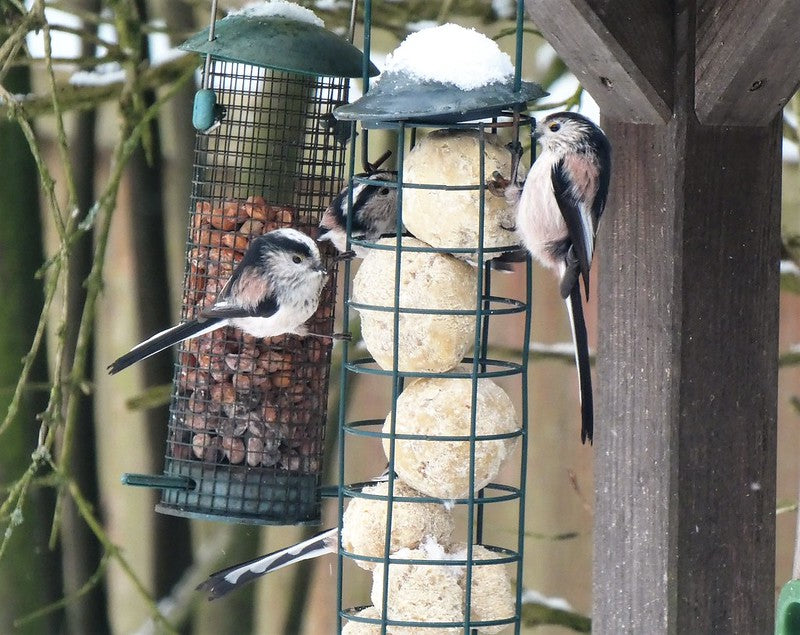
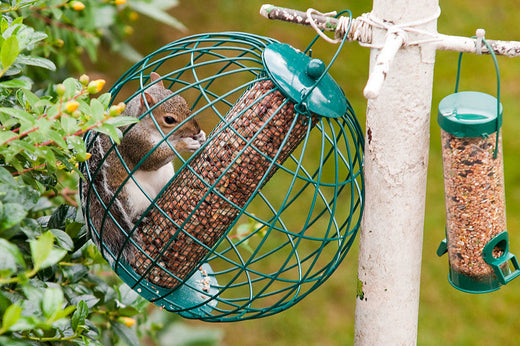
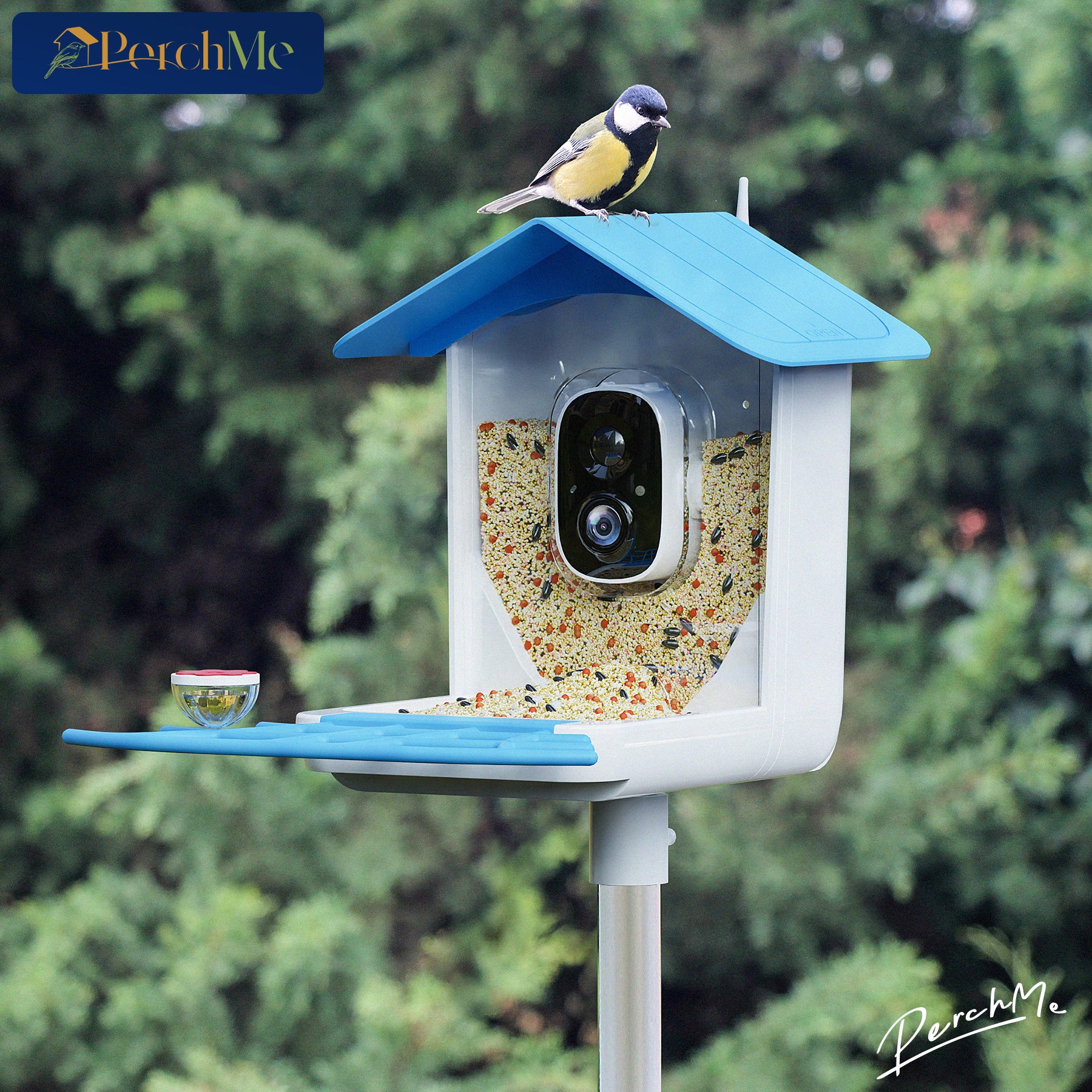
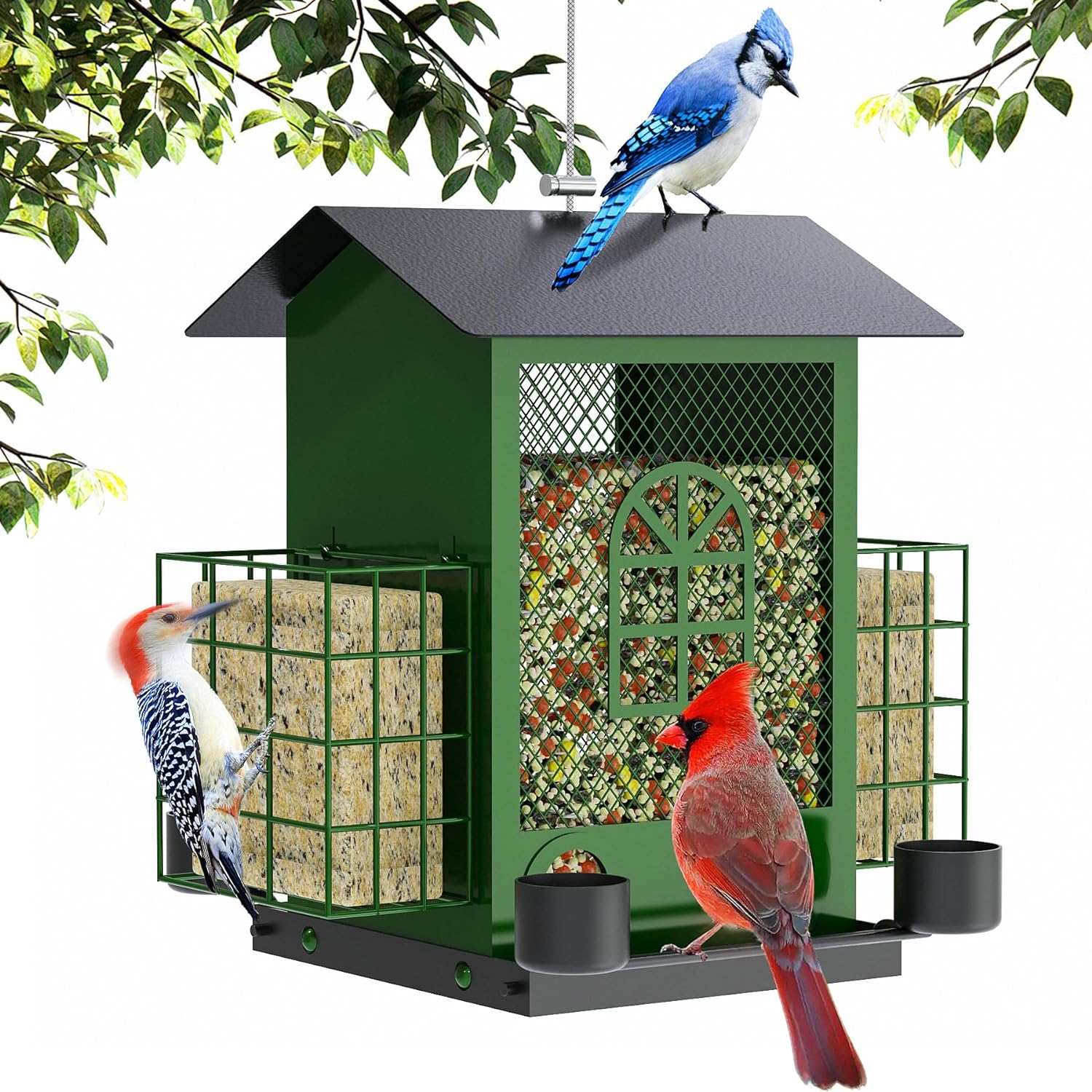









Leave a comment
All comments are moderated before being published.
This site is protected by hCaptcha and the hCaptcha Privacy Policy and Terms of Service apply.